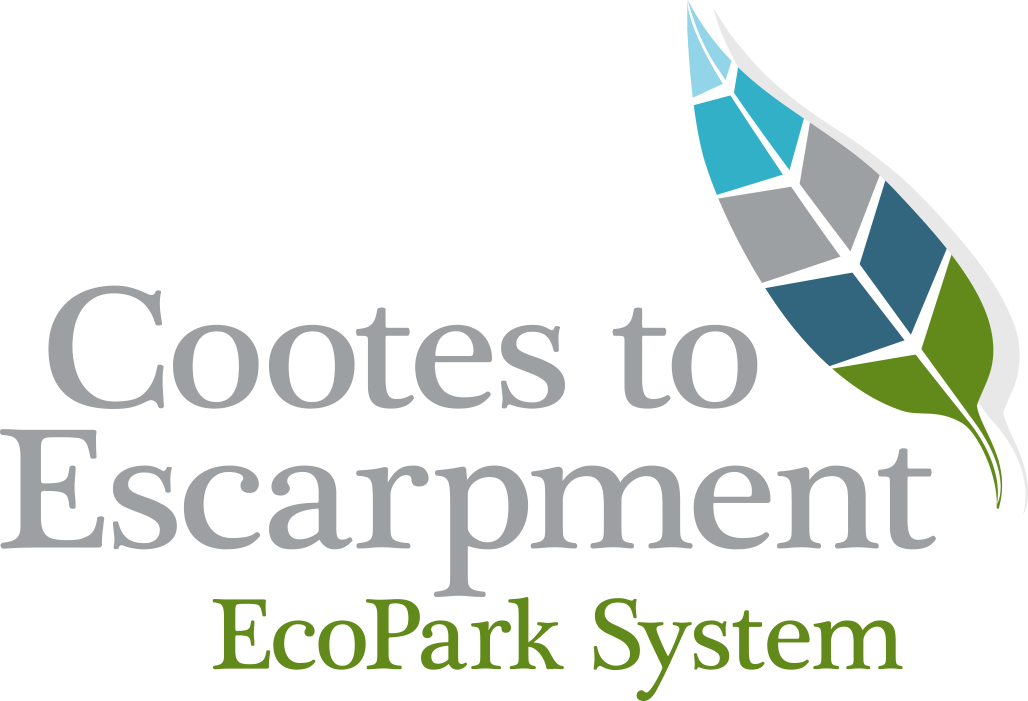Burlington Heights Heritage Lands
The Burlington Heights Heritage Lands have a long history of human interaction with the natural environment, including indigenous fishing and hunting in Cootes Paradise and Burlington Bay. The are contains both cultural and natural heritage resources. Natural resources include the Hamilton Bar geologic feature, Grindstone Creek Escarpment Valley Environmentally Sensitive Areas and the restoration potential of a rare tallgrass prairie habitat. Spatially, the area is situated at the west end of Lake Ontario between Cootes Paradise (a shallow basin of open water marsh habitat) to the west and Hamilton Harbor to the east. The area is located at a junction where climatic, physiographic, and hydrological processes merge and give rise to a unique ecology.
Cultural resources at Burlington Heights have historical associations with indigenous use, military history during the War of 1812, and the 20th century influence of Thomas McQuesten. Twentieth century design changes to the area were motivated by the City Beautiful Movement with important early designers such as John Lyle, Carl Borgstrom, and Howard and Lorrie Dunington-Grubb. Current history landmarks include the Dundurn National Historic Site (associated wit the area’s first European settler Richard Beasley and subsequently Sir Allan MacNab), the Hamilton Cemetery and the Woodland Cemetery, the High Level Bridge, and the Rock Garden of the Royal Botanical Gardens (associated with Thomas McQuesten). Within the Burlington Heights Heritage Lands there are many physical remnants of these historical associations. In other cases, there may be no physical remnants left, but the associative or intangible values of the sites remain. Special designations are assigned to the area because of tis natural and cultural heritage values which include a density of artifacts that cover thousands of years of natural and human activity. The remarkable collection of significant resources is within one of the most populated corridors in Southern Ontario and is surrounded by urban development, making it extremely rare and it management challenges more critical.
Historically, the Burlington Heights Heritage Lands were used as a major transportation route. Today, many people still cross the site daily in their travels between Hamilton and Burlington. The area is an important transportation corridor which links Hamilton to the urban areas east of Lake Ontario and includes commuter and freight rail systems, highway 403, and York Boulevard. Many cycling and pedestrian trails exist along York Boulevard and the Hamilton harbour shoreline.
